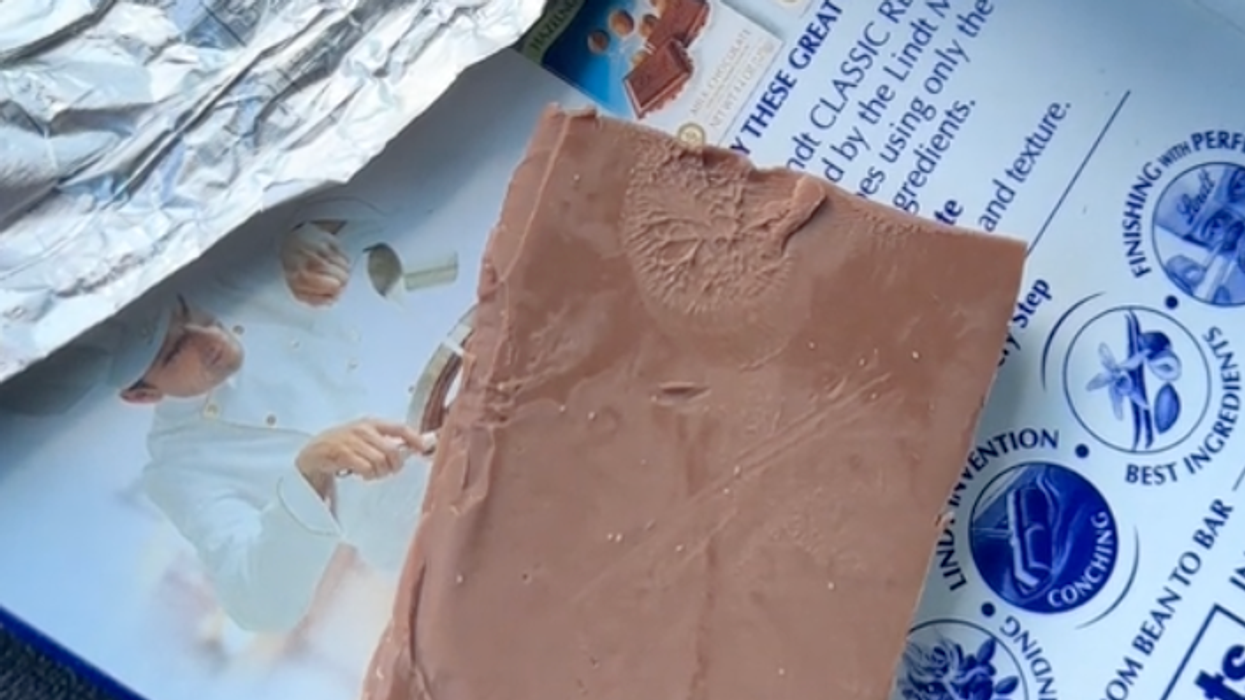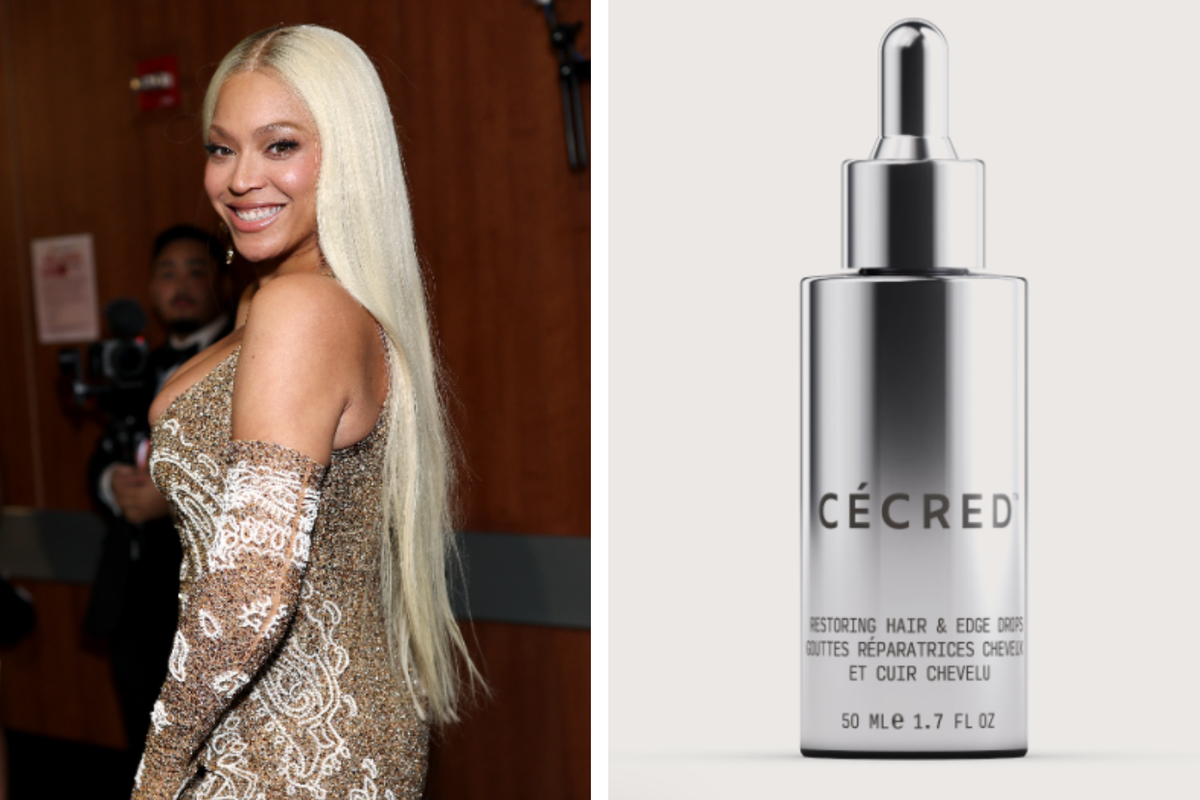
A woman was horrified to find tiny white specks crawling on her chocolate bar.
In a viral clip that's racked up over 800,000 views, Calinda Jones (@calinda86) said she had eaten a small part of the sweet treat before making the gross discovery.
"Let me see if I can zoom. But there are like, tiny specks," Calinda told fellow TikTokers. "And after further observation, I see that the specks are moving. So you can take a look, they’re definitely moving, there’s definitely a colony of something here. I’m over seven months pregnant, and I’m like, what in the entire F did I just eat? So that’s just great. What do I do now?"
Calinda revealed that she received the Lindt chocolate bar as a part of her HelloFresh box.
"I see that today is the day TikTok decided to teach me about chocolate mites," one person humoured, while another added: "I applaud you for your calmness because I would have lost it."
Meanwhile, a third suggested: "That just means it’s good and real chocolate with real ingredients."
While it's unclear what the specks are, many suggested they could be mites as they can be found in chocolate due to the ingredients (cocoa, tree nuts, dried fruits, and wheat flour) that support their growth.
@calinda86 I received a piece of @Lindt Chocolate in my @HelloFresh US box last week and stumbled upon some friends... 🤮 I just ate a small colony because I cleared a row before starting this one. I dont need any more inhabitants in my body! #BugsInChocolate #Lindt #WhatDidIEat
If you thought that was bad, scientists recently hit us with a gross revelation – and it's quite literally going to make your skin crawl.
Human skin is home to mites. They are born on us, breed, feed, and die on the skin. The microscopic mite, Demodex folliculorum, can only survive on human skin, and while they don't cause any harm, the worm-like mite's life cycle takes 14–16 days.
They prefer areas where sebum (an oily substance produced by your body) is high, such as hair follicles on the face – specifically around the cheeks, nose, and forehead, but also elsewhere on the face, eyelids, and ears. During spring and summer, numbers tend to be higher.
Research suggests that the Demodex folliculorum is evolving from an ectoparasite into an internal symbiont – and one that shares a mutually beneficial relationship with its hosts, according to Science Alert. This means they may gradually merge with our bodies and live permanently with us.
Indy100 reached out to Lindt and HelloFresh for comment
How to join the indy100's free WhatsApp channel
Sign up for our free Indy100 weekly newsletter
Have your say in our news democracy. Click the upvote icon at the top of the page to help raise this article through the indy100 rankings.












